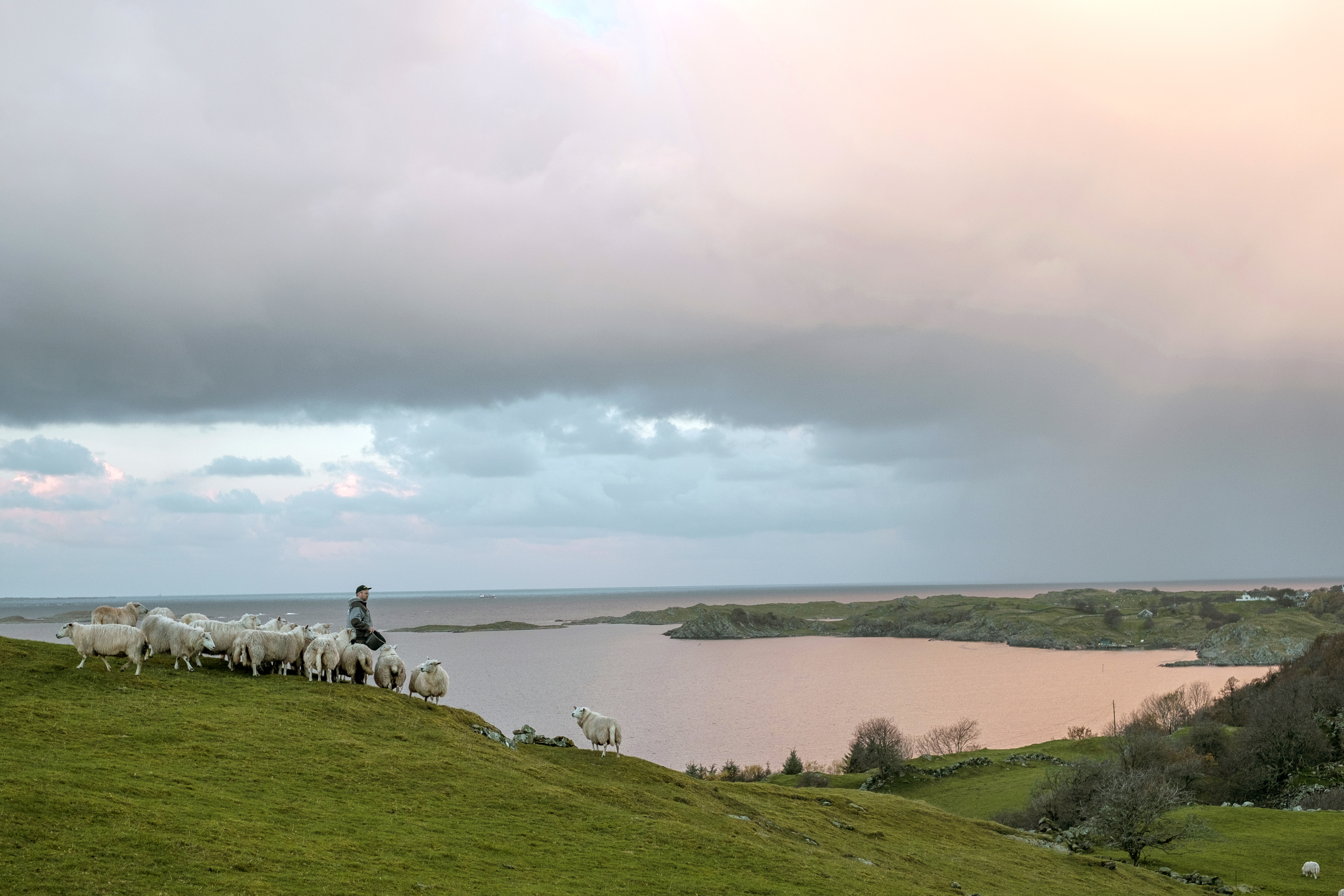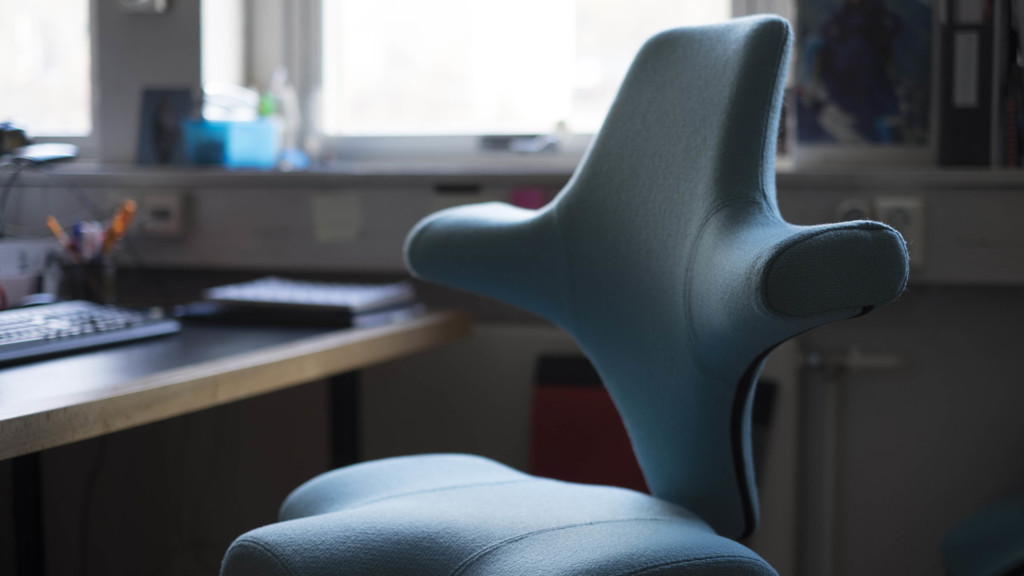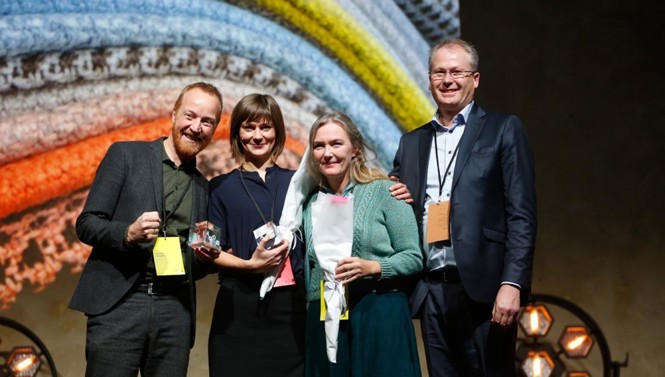
Sirdal
The trio Sirdal, Setesdal and Suldal was created with a desire to reintroduce Norwegian wool into furniture fabric. With inspiration from Norwegian nature, knitting and the traditional ski guard, the series combines authenticity with modern design and comfort. The textiles are uniquely short-traveled at all stages of the production process – 100% pure, Norwegian wool produced in Norway.
Design: GU Design Team / Ragnhild Nordhagen & Flokk AS Design Team / Pernille Jensen Stoltze
-
Article no. 5096 Composition 100% Norwegian Wool Weight 800 g/m Width 130 cm -
Download spesifications and certificationsDurability (rubs on Martindale) 56,000 Fastness to light (1-8) 5-7 Resistance to rubbing dry state (1-5) 4 Resistance to rubbing wet state (1-5) 3-4 Wheelmark Yes EU Ecolabel Yes Flame resistance FTP Code: Part 8 (IMO)
EN ISO 1021: Part 1+2
-
Wool textiles have good, natural water-repellent properties, which mean that it is easy to clean. We recommend focusing on regular maintenance and cleaning of our fabrics. Below you can download our maintenance guide, which also contains recommended cleaning methods.
Download care guideProfessional dry-cleaning Vacuuming Do not wash Iron at moderate temperature Do not bleach Do not tumble dry
- A
- = In stock / MOQ 1 m
- B
- = Del 4-6 weeks / MOQ 1 m
- C
- = On request
Colour Palette

Inspiration
The development of Sirdal, Setesdal and Suldal involves the entire value chain from sheep to chair and has helped to highlight the importance of cooperation between producers and the wool industry in Norway. In 2017, this long-standing work was rewarded with the DOGA label for Design and Architecture. The award-winning textiles in 100% pure Norwegian wool are the result of a collaborative project between the chair manufacturer Flokk and Gudbrandsdalens Uldvarefabrik, and were first launched at the Stockholm Furniture Fair in 2015.
In September 2017, the series was included in GU's standard collection with colors developed by Ragnhild Nordhagen/GU Design Team. The purpose of the project was to establish an all-Norwegian value chain for furniture fabric based on Norwegian-produced wool, and to build an identity and brand based on the history of a short-traveled, genuine and natural product with a very special environmental profile.
"We allow ourselves to be excited by the will and ability to go against the flow and develop an all-Norwegian woolen fabric for furniture in a world of synthetic competitors," the jury's statement says.
The project has been a union of common passion and values with a great love for weaving and wool. The main inspiration is taken from the wool itself with a desire to make full use of the unique, Norwegian wool's properties - the beautiful shine, the good strength and not least the resilience. Cooperation across the value chain has been a key prerequisite for it being possible to reintroduce Norwegian wool into furniture textiles.

- It has not been a matter of course to use Norwegian wool in our production, says Ragnhild Nordhagen at GU, who has been responsible for the design and development of the textile itself.
Norwegian wool is part of GU's history from the very beginning up to the 1960s - and the story of the farmers who delivered the wool to the factory and competed for who had the best and finest raw material. In the work to develop Sirdal, Setesdal and Suldal, we benefited from the solid expertise we have in refining wool's properties. In recent years, there has been an increasing focus on Norwegian wool in our upholstery textiles, and the experience we gained in this work came in handy when Norwegian wool was to be used again in our furniture textiles. Gudbrandsdalens Uldvarefabrik has strict requirements for the fiber and yarn we use in production. One of the reasons why we stopped using Norwegian wool was impurities in the wool. Many impurities are due to the grazing conditions in Norway.

Happy sheep grazing in open fields produce beautiful wool with high quality and good utility properties, and is important for the preservation of the Norwegian cultural landscape. Forests and thickets, on the other hand, provide a lot of vegetables and impurities in the wool. This is difficult to wash out, and causes problems in weaving. Reproducibility is important to obtain an equal and good quality of the substances. This requires that the sorting and classification of the wool is carried out carefully and thoroughly.
Good wool was the premise for starting to design furniture fabrics, and through good communication with the wool industry we got access to wool we could use, says the designer. In order to achieve quality in the furniture textile, the focus is on the purity of the wool. We discovered that Norwegian wool does not smell bad, as long as it is washed well. It is also not dirty if it is sorted and classified in the best possible way.
The correct quality of the wool depends on farmers who, through breeding and animal husbandry, focus on wool in addition to meat production. In the next section, the sorting and classification of the wool must be carefully and thoroughly carried out by skilled professionals at the Norwegian wool stations. The wool is washed and spun at Sandnes Garn before it is sent on to Gudbrandsdalens Wool Factory in Lillehammer. Here it is twisted, woven, dyed and refined into first-class furniture textiles with the right requirements for design and durability. There are great environmental benefits with Norwegian wool. It is short-hauled and the cool Norwegian climate eliminates the need for the use of pesticides, which are more often used on wool from warmer regions.







